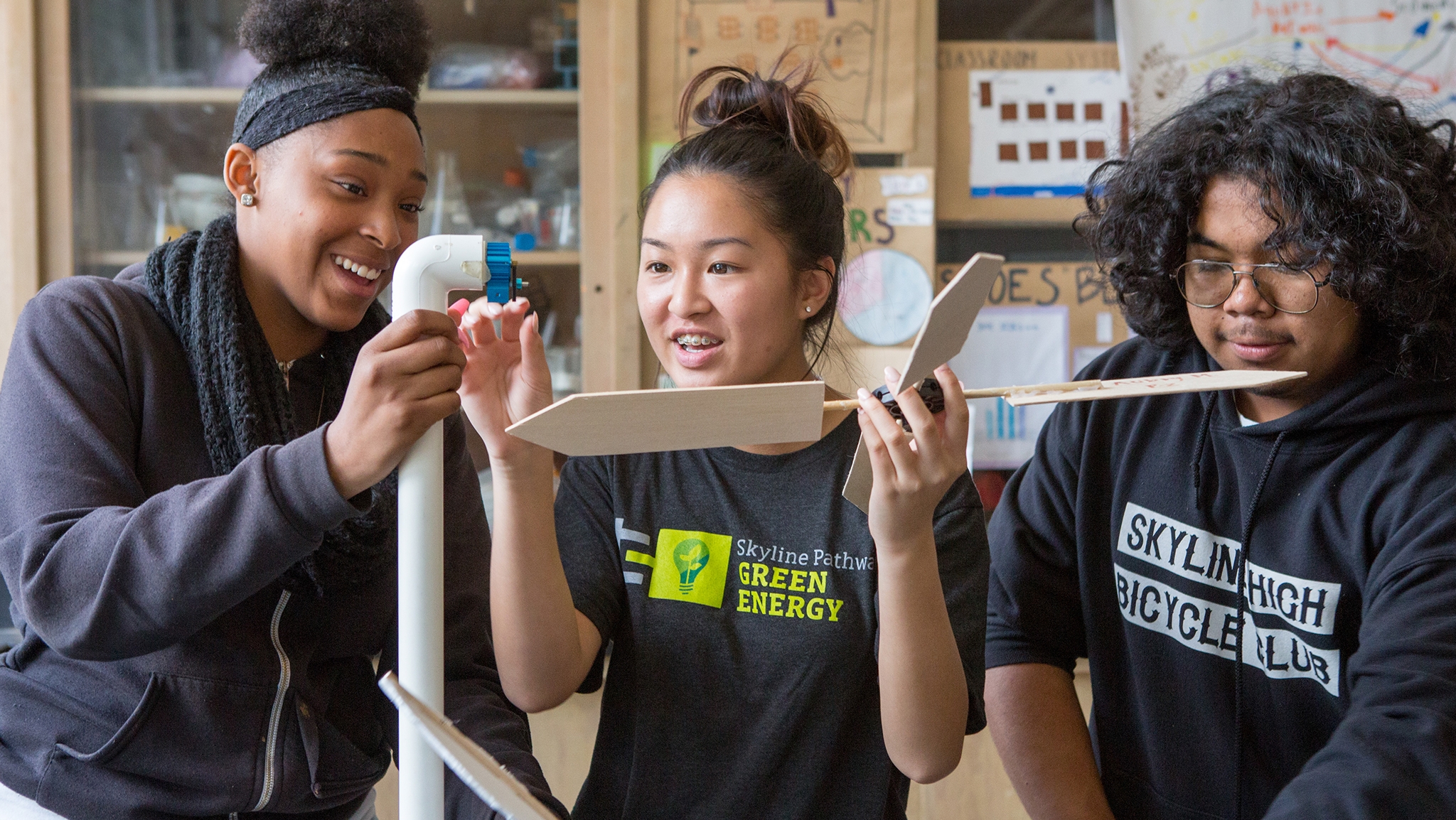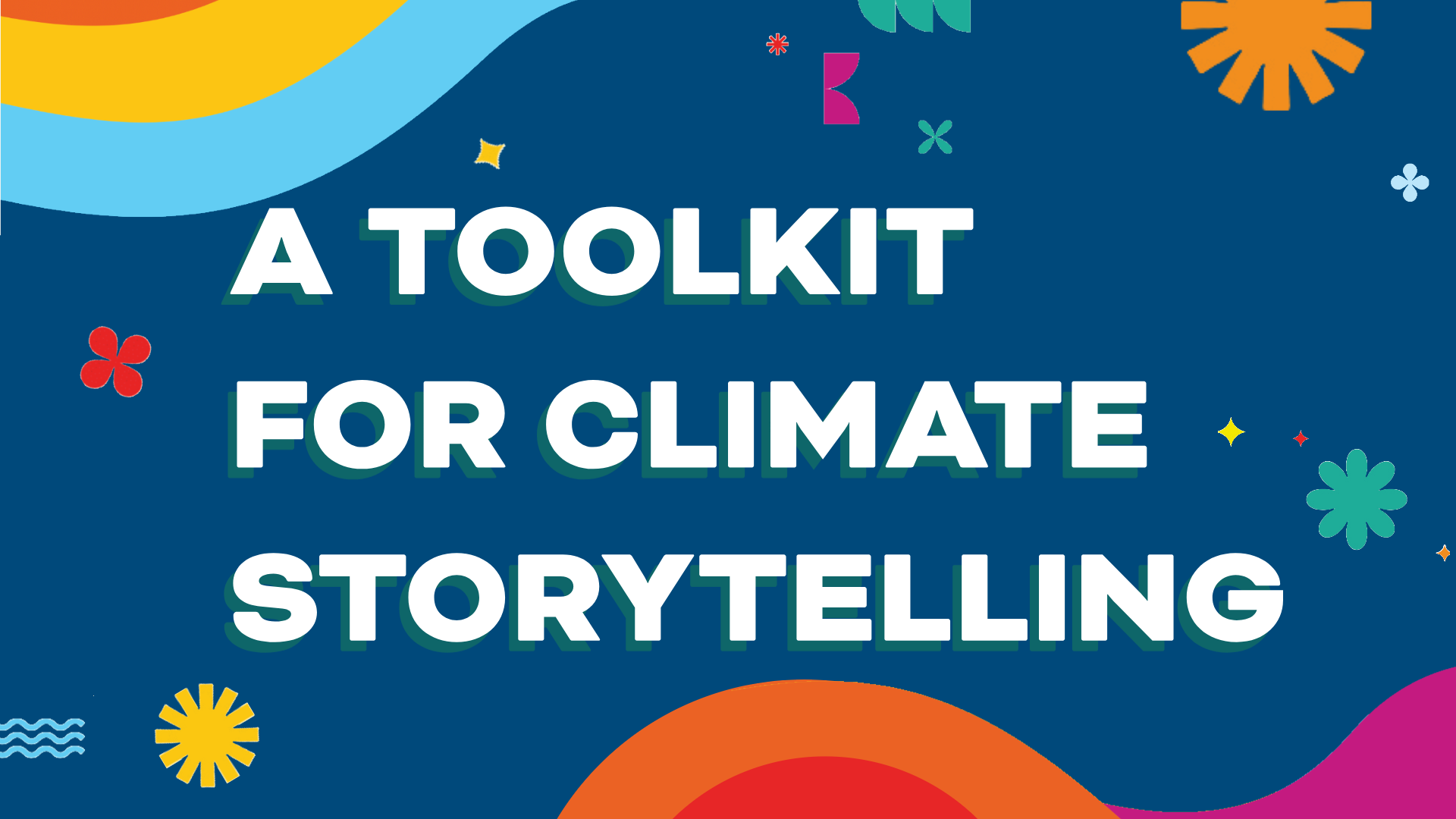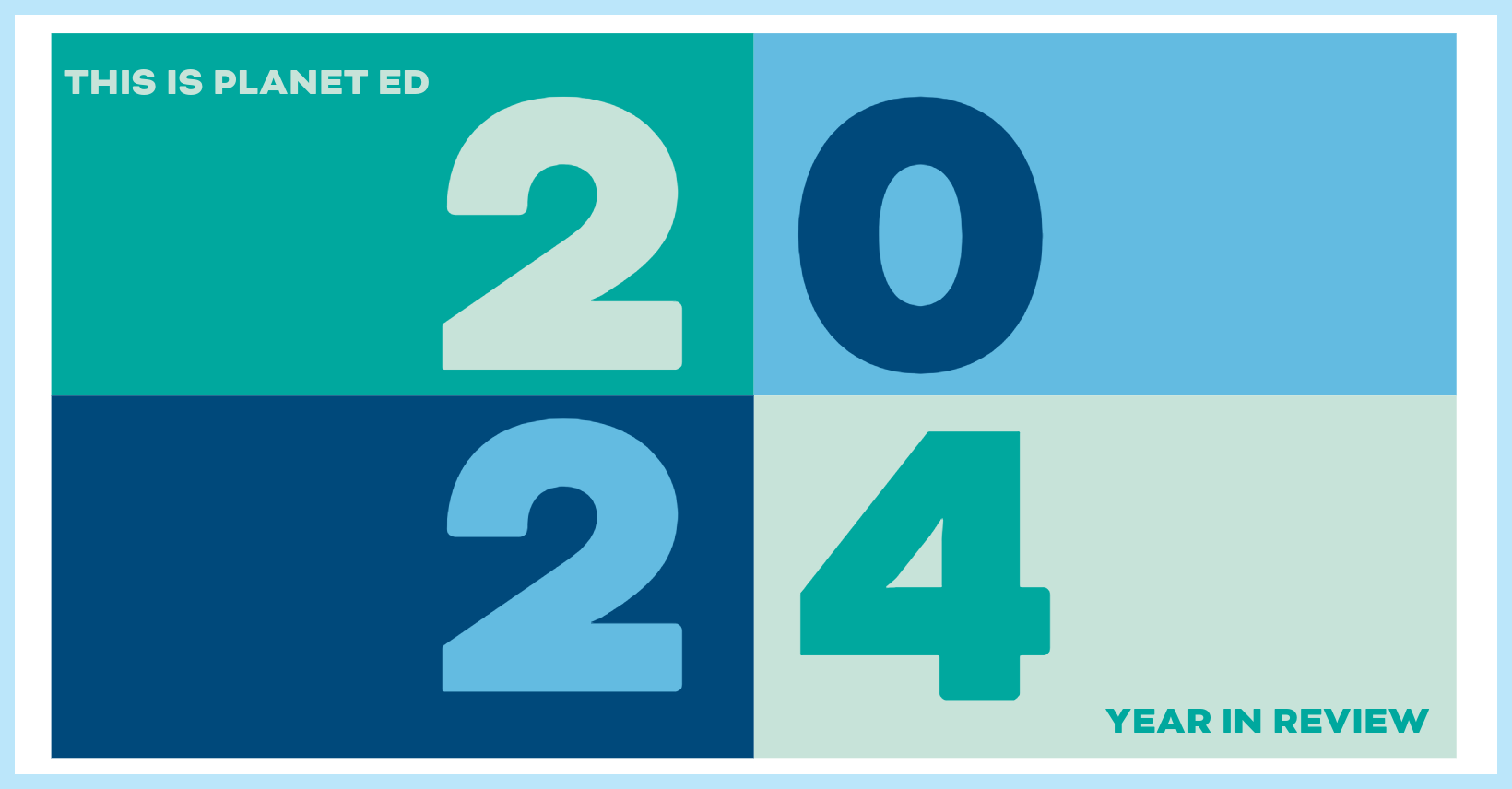Resources — Publications
Introducing the State Policy Landscape

Photo by Allison Shelley for American Education: Images of Teachers and Students in Action
America’s public elementary and secondary schools educate over 50 million students annually—nearly one in every six Americans. To educate these students, schools have tremendous needs related to energy, transportation, and food. In fact, schools are among the largest energy consumers among public sector buildings, serve over 7 billion meals annually with related food waste, and use about 480,000 school buses for student transportation—the largest mass transit fleet in the country.
Climate change will increase the frequency and intensity of wildfires, floods, hurricanes, and heatwaves. These extreme weather events can increase exposure to trauma among children. Climate change will also decrease air quality and food access. Poorer air quality, food insecurity, and heat can impact children’s health and student learning. Communities of color, Indigenous peoples, and under-resourced rural and urban communities will be disproportionately impacted by these negative consequences.
Schools across the country have already been forced to close for extreme weather events, and as a result, students have missed critical learning time and support services. School closures related to COVID-19 have exposed weaknesses in the resilience of school systems, which will likely be exacerbated by climate impacts.
In the fight against climate change, schools are uniquely positioned to educate and prepare a new generation of students better equipped to tackle the environmental challenges in their future. Educators can engage students in learning on sustainability, the environment, green jobs, and climate change, while schools transition toward sustainable operations and build resilience. Doing so can help ensure over 50 million students are equipped with the knowledge and skills to advance a more sustainable, resilient, and equitable society in the future.
As public entities, our 98,000 public schools need the support of policy to effectively address climate change through mitigation, adaptation and education. Yet, current large-scale climate proposals have not sufficiently considered the needs and opportunities to support our public Kindergarten through 12th grade (K–12) education sector.

